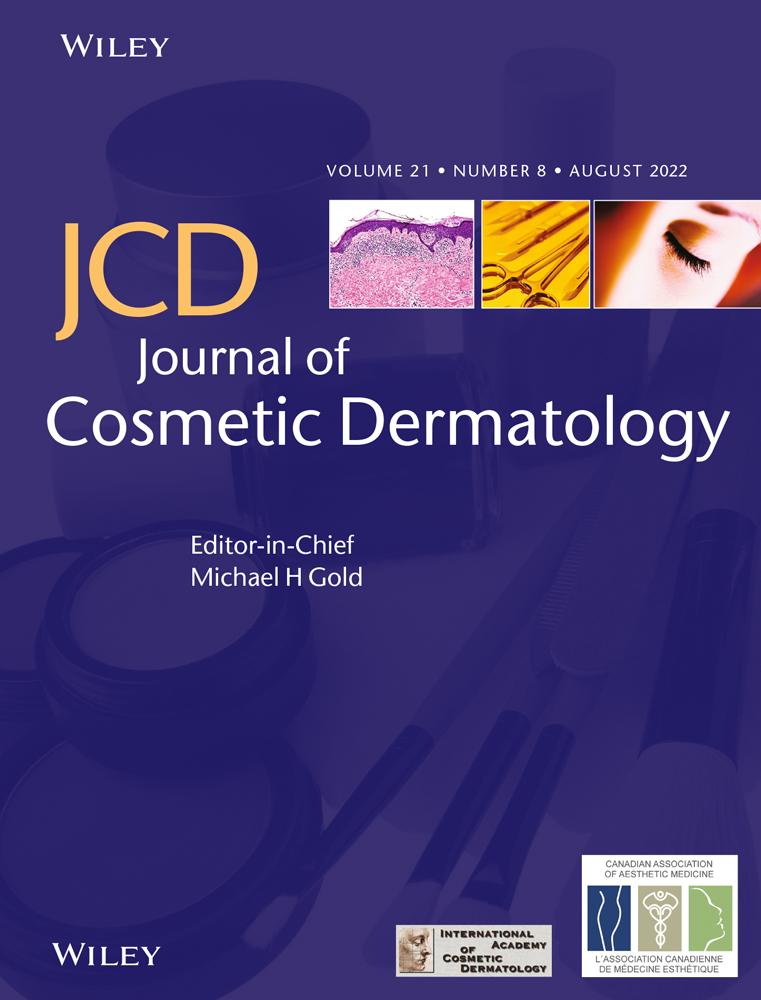Evaluation of the association between platelet tests and thyroid-stimulating hormone levels in patients with vitiligo
Funding information
All authors declare no financial support.
Abstract
Objective
Vitiligo is a common dermatological disease of unknown cause and progressing with depigmentation and affects approximately 1% of the world population. In the study, we aimed to compare plateletcrit (PCT), mean platelet volume (MPV), platelet (PLT), and thyroid-stimulating hormone (TSH) values in vitiligo patients.
Material and Methods
We retrospectively evaluated the medical data of 100 patients who were admitted to the dermatology outpatient clinic between January 2020 and December 2021 with a diagnosis of vitiligo. The control group was retrospectively constituted from medical records of 90 healthy individuals. PCT, MPV, PLT, and TSH levels of both groups were compared statistically.
Results
A total of 190 participants (100 vitiligo patients and 90 healthy volunteers) were included in the study. The mean age of the patient group was 38.62 ± 1.62, while the mean age of the control group was 41.52 ± 1.54. There were no differences between the two groups in terms of age and gender. It was found that the mean MPV value in the patient group was lower than the control group (p = 0.00). PLT and PCT values were significantly higher in the patient group than the control group (p = 0.00, p = 0.01, respectively). There was no statistically significant difference between the two groups in terms of TSH (p > 0.05). A negative correlation between MPV and PLT values in the patient group (r = −0.218, p = 0.029), and a negative correlation between MPV and TSH (r = −0.218, p = 0.029), (−0.230, p = 0.021).
Conclusion
In the study, a comparison of the PCT, MPV, and PLT levels showed a difference between both groups, but no differences in TSH levels. To clarify these results, comprehensive studies with more samples are needed.
CONFLICT OF INTEREST
The authors declare that they have no competing interests.
Open Research
DATA AVAILABILITY STATEMENT
The data that support the findings of this study are available on request from the corresponding author. The data are not publicly available due to privacy or ethical restrictions.




